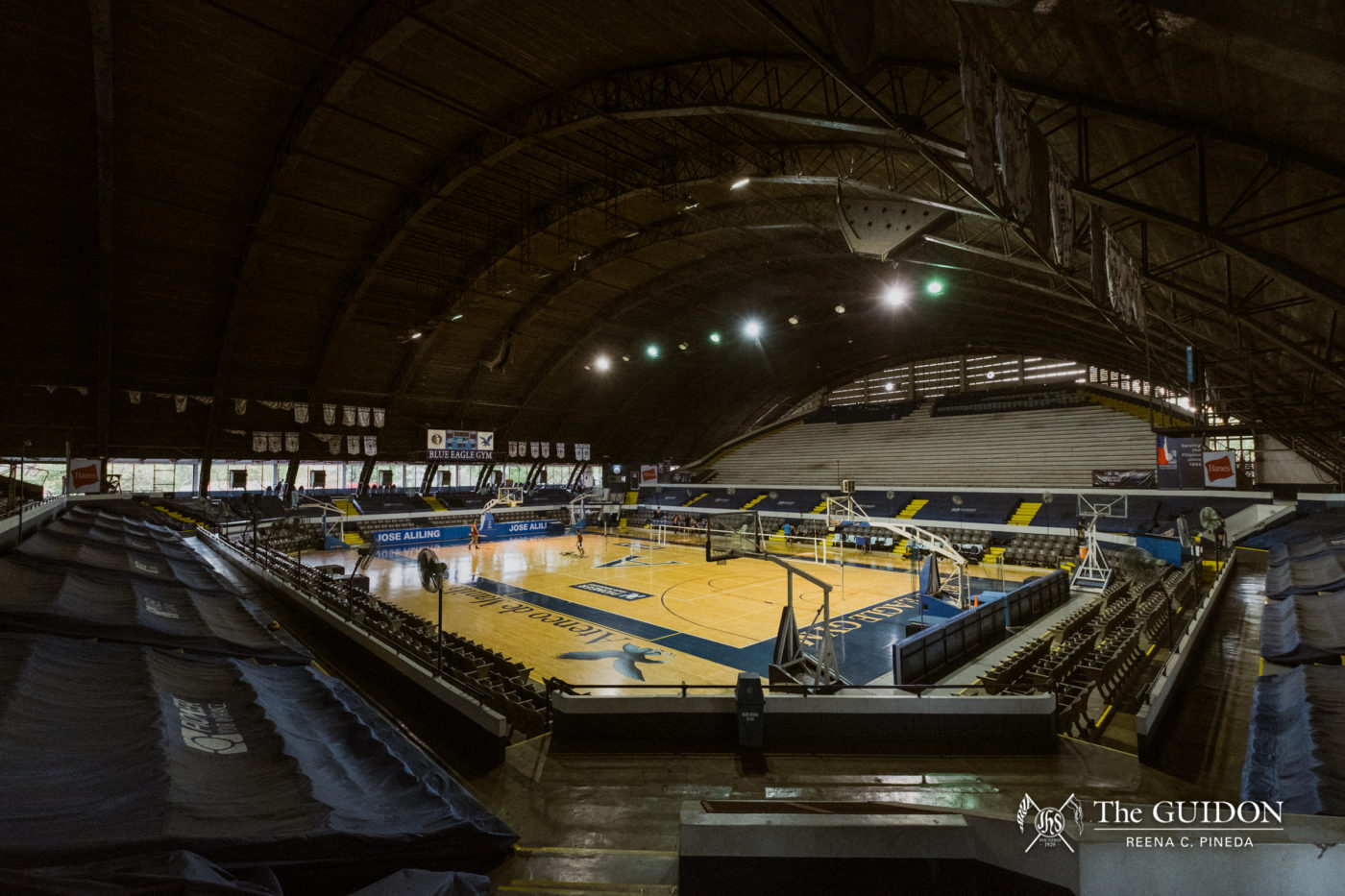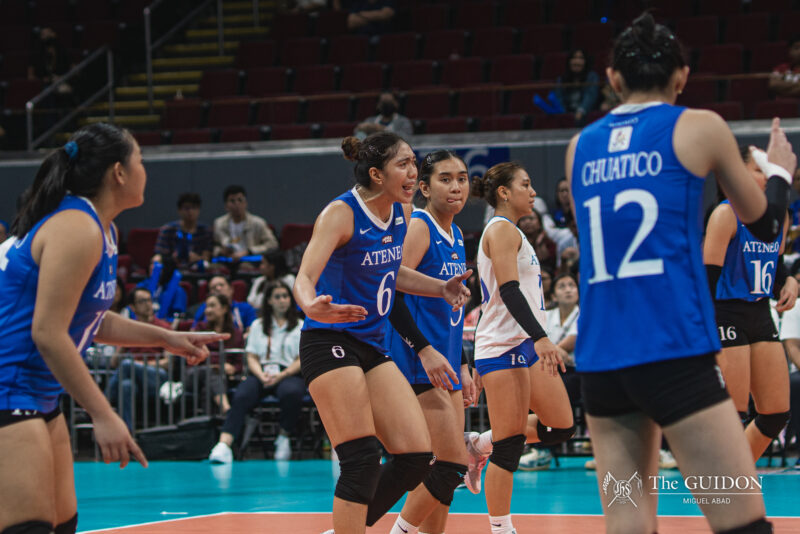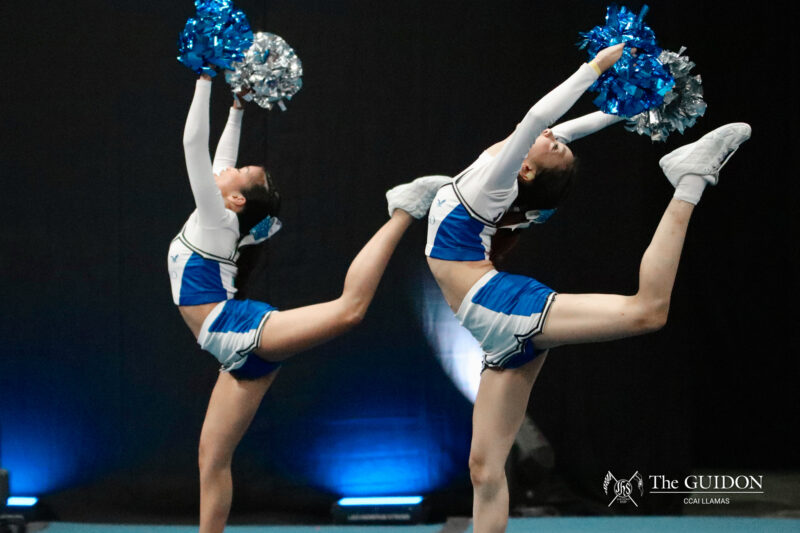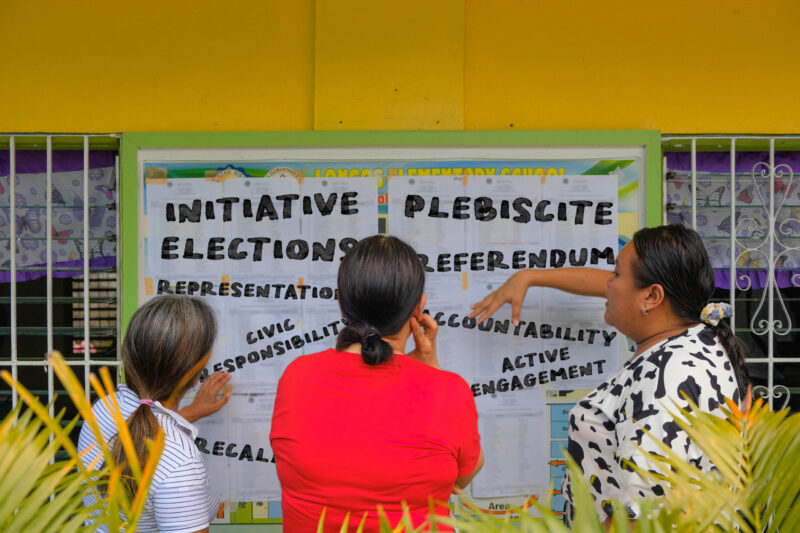One of the most successful returns of sports amid the COVID-19 pandemic is the National Basketball Association’s (NBA) bubble. The staggering 170 million USD investment to enforce strict protocols has resulted in zero COVID-19 positive cases since July, despite hosting hundreds of players, coaches, and other personnel. Because of this, the NBA’s bubble sets a precedent on how sports leagues around the world can continue to play amid the dangers of the COVID-19 pandemic.
As the NBA plays out their Eastern Conference Finals and Western Conference Semifinals with no COVID-19 cases, their bubble model has proven to be successful. This favorable outcome for the NBA raises the question of whether or not the bubble model is a viable blueprint for Season 83 of the University Athletic Association of the Philippines (UAAP).
The International Tournament System
One of the primary concerns of a UAAP bubble is the scheduling of events, as the season runs for eight months. With this timetable, a bubble setup would be difficult to pull off logistically and financially. Thus, the first step towards proceeding with Season 83 is to revise the tournament formats of all sports, particularly those that run for a whole semester. “I would believe that the formats will be changed or tweaked kasi hindi mo naman pwede ipag-tira ng tatlo o apat na buwan [athletes in the bubble] (since you can’t let the athletes live in the bubble for three to four months). That would be too expensive,” said Ateneo Athletic Director Emmanuel Fernandez.
Since the UAAP only has 15 sports and eight member schools, shortening the schedule is feasible if tournament formats are altered to follow systems akin to the Southeast Asian Games (SEA Games). The 2019 edition of the biennial event only took 20 days to complete 56 sports tournaments. “In the SEA Games, everything is wrapped up within two weeks. What’s stopping the UAAP from doing the same thing?” Fernandez said during a Philippine Sportswriters’ Association (PSA) forum held last June.
Financial implications
Apart from the tournament format, the UAAP board and member-schools must also consider the financial implications of a UAAP bubble.
One of the bubble’s key expenses is the venue. The usual stadiums like the Mall of Asia Arena, Smart Araneta Coliseum, and the FilOil Flying V Centre would be impractical, as these lack housing for the athletes and officials. Expenses can be reduced if the bubble is held in smaller and cheaper venues with nearby available lodging.
One venue the UAAP board can consider is a UAAP member school’s campus like Ateneo since most member-schools already possess the necessary facilities. For example, Ateneo has the Ateneo Residence Halls and the Institute of Social Order Residence Hall. Additionally, using a university campus can ensure a safe environment for the student-athletes.
Aside from the venue, the UAAP also needs a budget for operational costs like food, housing, and other expenses. According to Fernandez, this shouldn’t be a problem, as the member-schools already pay for the athletes’ lodging. They simply need to revisit their athletic budgets. “[The bubble is] a possibility because it’s a matter of realigning [the] budget of the universities and of the UAAP,” mentioned Fernandez.
On the other hand, financial realignment assumes that the athletic budgets of all member-schools are still intact. For instance, the University of Santo Tomas (UST) reportedly reduced the scholarships for a number of athletes due to the financial constraints brought by the COVID-19 pandemic. “If you really think about it, baka ginagastos na ng university iyon ( the university might already be spending [the athletic budget]),” Fernandez said.
Mental health and education
Beyond ensuring that sufficient budgets, ideal tournament formats, and viable venues are in place, the UAAP’s main priority must still focus on the student-athletes’ overall health and access to education. If the UAAP adopts the bubble setup, it must guarantee that there are proper protocols in place to support the student-athletes’ learning and mental health.
The University of Santo Tomas’ recent controversial bubble training in Sorsogon raises concerns that a UAAP bubble setup may become taxing for student-athletes’ mental health. However, Fernandez refuted that the UST Growling Tigers lacked an efficient schedule in the first place.
Furthermore, Fernandez added that student-athletes have already grown used to being away from family before the quarantine. “A lot of the athletes in the UAAP are coming from the provinces,” said Fernandez. “Year in and year out these students are already living without their parents or without their families.”
Additionally, a shortened UAAP schedule would mean that a sizable number of athletes won’t be away from their homes for too long. Should athletes wish to leave early, the UAAP can look into setting up protocols to preserve the integrity of the bubble and the safety of the players.
Another important factor to consider is the athletes’ accessibility to education. However, since the first semester is held online nationwide, remote learning shouldn’t be an issue as long as the UAAP ensures that appropriate infrastructures are in place. This includes conducive learning environments for the athletes to study and take classes in.
As the athletes go through unfamiliar circumstances, the bubble can only succeed if the UAAP takes care of their well-being and ensures a conducive learning environment.
Pushing the limit
At the end of the day, the UAAP bubble is still predicated on three externalities. First, member-schools need to have available funds for operating the tournament. Second, there must be a desire from the student-athletes and the university administrations to push through with the UAAP. Third—and most important of all—government regulations must allow amateur sports leagues to resume.
As of writing, the Commission on Higher Education (CHED) has initiated the process of forming a Technical Working Group to facilitate the creation of guidelines for collegiate sports’ return. Once the government lifts the restrictions for amateur sports leagues, a tournament bubble format is an ideal setup for UAAP Season 83 due to the relatively small size of the league, dormant facilities waiting to be used, and existing budget from the member-schools.
The UAAP bubble will no doubt be a herculean affair that will require the full cooperation of the government and all UAAP member-schools. However, as Fernandez said, “We just have to push our limits. If [the bubble] is needed, then we have to do it, provided it’s allowed.”







